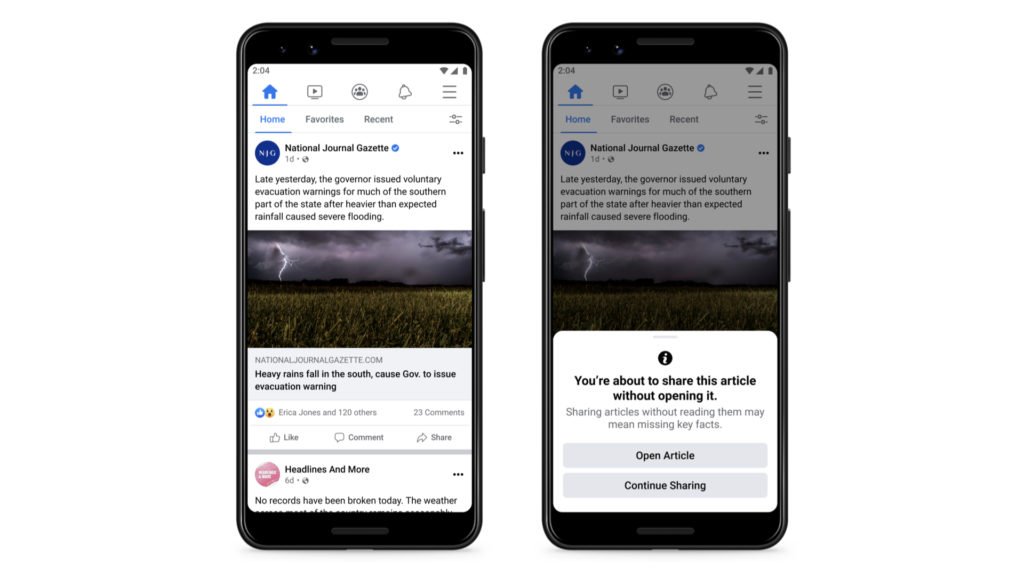Reading beyond the headlines — why does it matter?

Some people have the habit of sharing articles without reading or even browsing them. They tend to rely on the headlines alone. For that reason, they are vulnerable and capable of the spread of misinformation. So, before you hit that share button, you might want to scroll down and read this article.
In newspapers, you can see phrases that are in bold and differ in size compared to others — those are headlines. They are designed to capture the readers’ interests and supposedly tell them what they are about to read.
The headlines of the newspapers mirror the capsule development of a nation.
— Jamie Ramirez, Philippine Journalism Handbook
Indeed, headlines contain the gist of the stories coming from our surroundings. As Ramirez cited from two foreign journalists, headlines should “not say less” and “must not say more.” However, there are still some that tend to slip out: misleading, out of context, and click baits.
Heading the lines
News media outlets should be ahead of eradicating these issues, especially in this time of the pandemic, where the emergence of false and inaccurate information becomes out of the hand.

In an article published by Inquirer.net, columnist and medical practitioner Kay Rivera expressed criticism over “irresponsible headlines” she has read.
One of the cited examples, “Vaccinated midwife dies of COVID-19.” Rivera described them as “disingenuous, even sly, and are not educational.” She explained that it could misalign the readers about vaccines.
These such cases are potentially harmful especially with the advent of new media. Everything can almost be accessed and spread in a matter of time. People now greatly rely on online platforms to access their needs: education, shopping, and even for news.
Based on a 2021 report by Reuters Institute, 87% of Filipinos consume online platforms as their source of news. Accordingly, Facebook and Youtube top the social media brands.
With that, social media platforms hold a crucial role in sparking discourse and shaping public opinion. Taking into account that news affects people’s day-to-day decision-making. That being said, people also have the responsibility to read and fact-check the pieces before sharing them.
Read before you share
Gladly, social media companies are now taking a step to combat misinformation that is rampant throughout their platforms.
In June 2020, Twitter introduced a new prompt dubbed as “Read Before You Tweet”. This new feature in its interface encourages users to open the article first before retweeting. According to its support team, this is to help promote an “informed discussion.”
Sharing an article can spark conversation, so you may want to read it before you Tweet it.
To help promote informed discussion, we’re testing a new prompt on Android –– when you Retweet an article that you haven’t opened on Twitter, we may ask if you’d like to open it first.
— Twitter Support (@TwitterSupport) June 10, 2020
After the test period, they finally rolled it out in September, as they found positive results. The company shared that 40% of the users are more likely to open articles after seeing the prompt. While the number of people opening the article before retweeting climbed up to 33%.
On the other hand, Facebook took the same route as it test the same function to its users. The prompt reads, “You’re about to share this article without opening it. Sharing articles without reading them may mean missing key facts.”

Seems that you have read the article. What are your thoughts? Let us know!
Sheldeen is a writer who loves to watch series and to play with her dogs in her free time — ways to pause and take a break.






